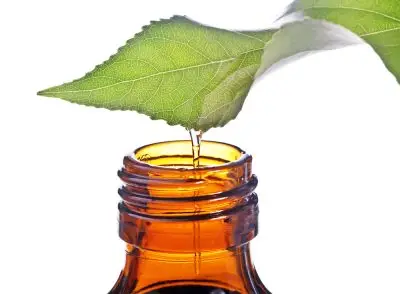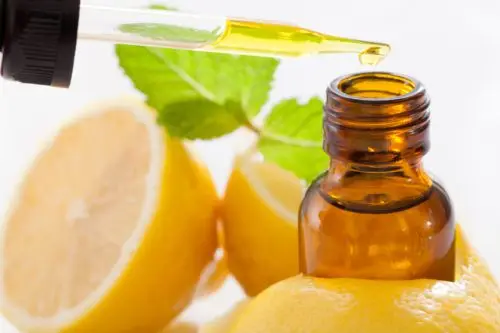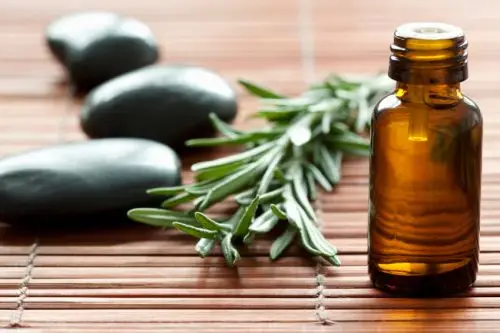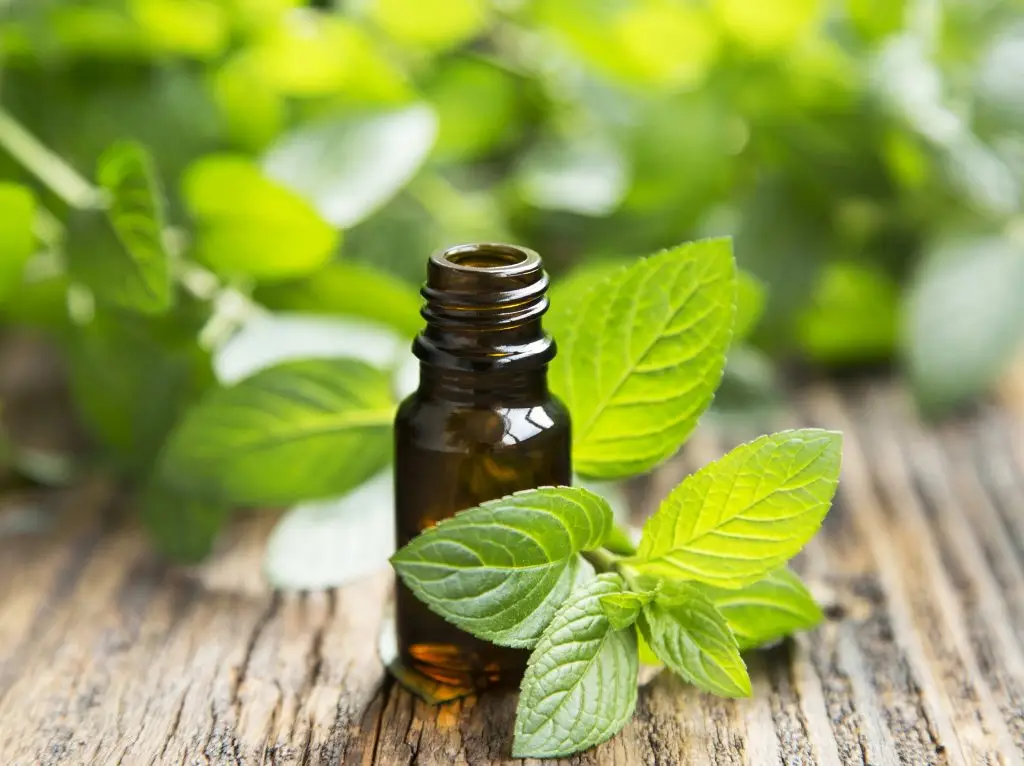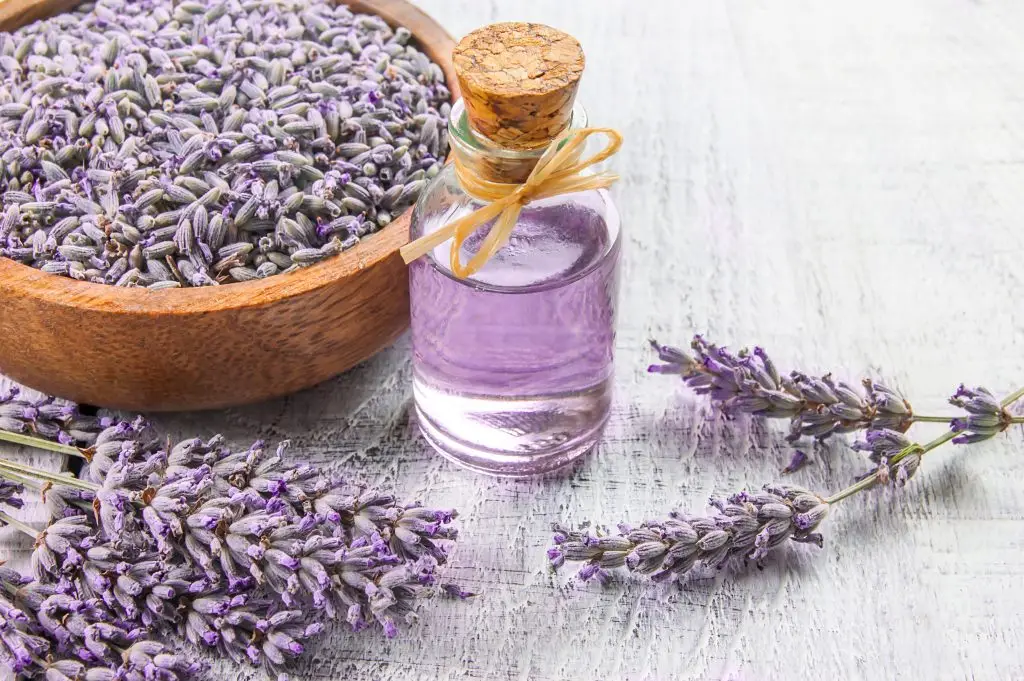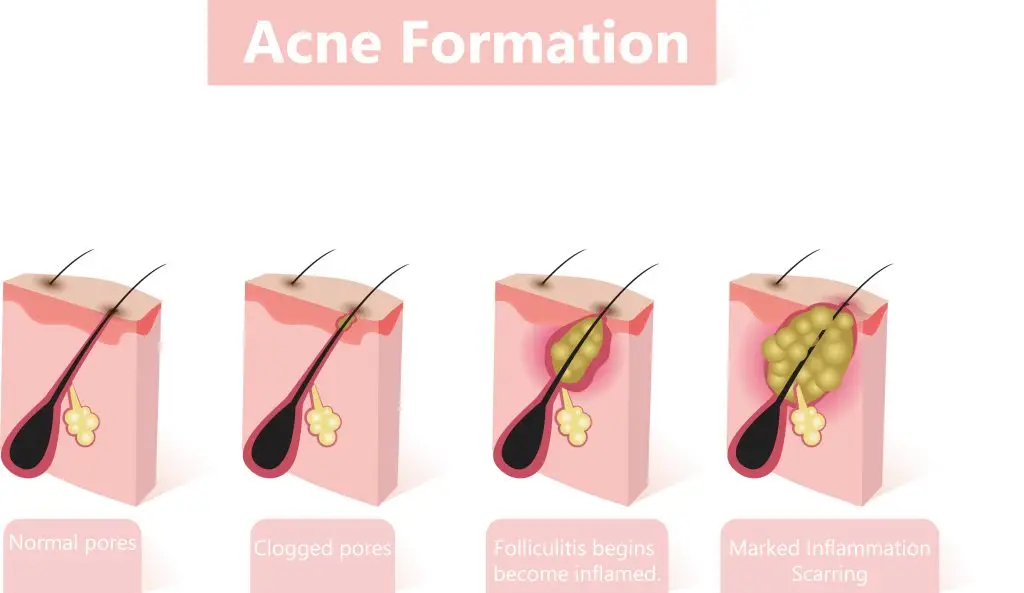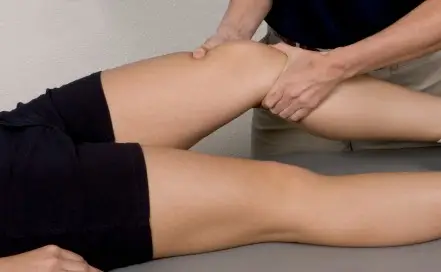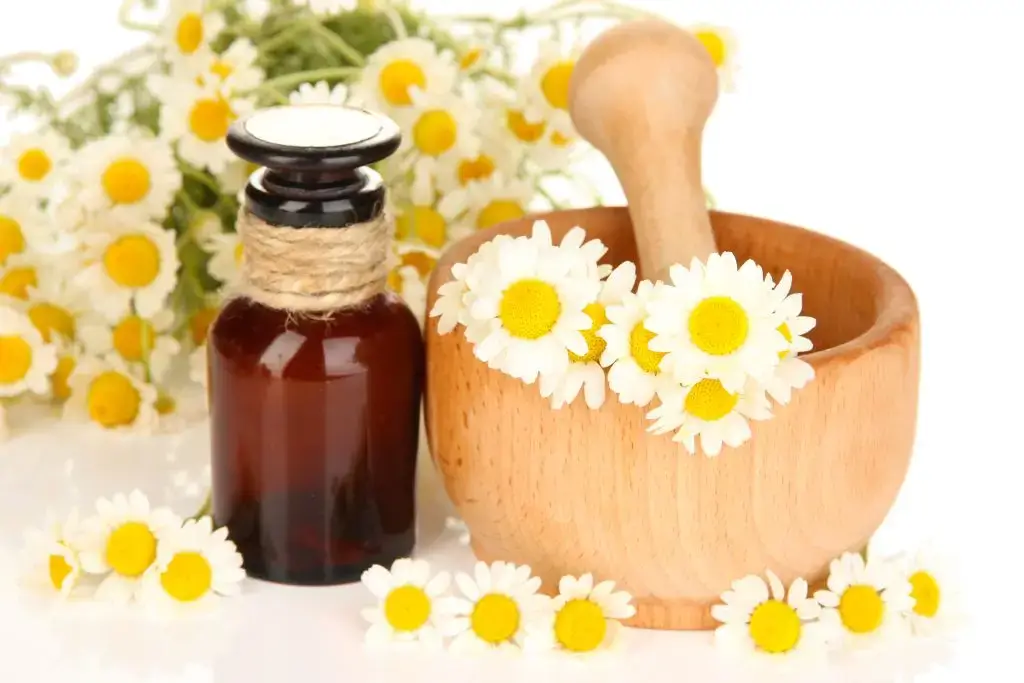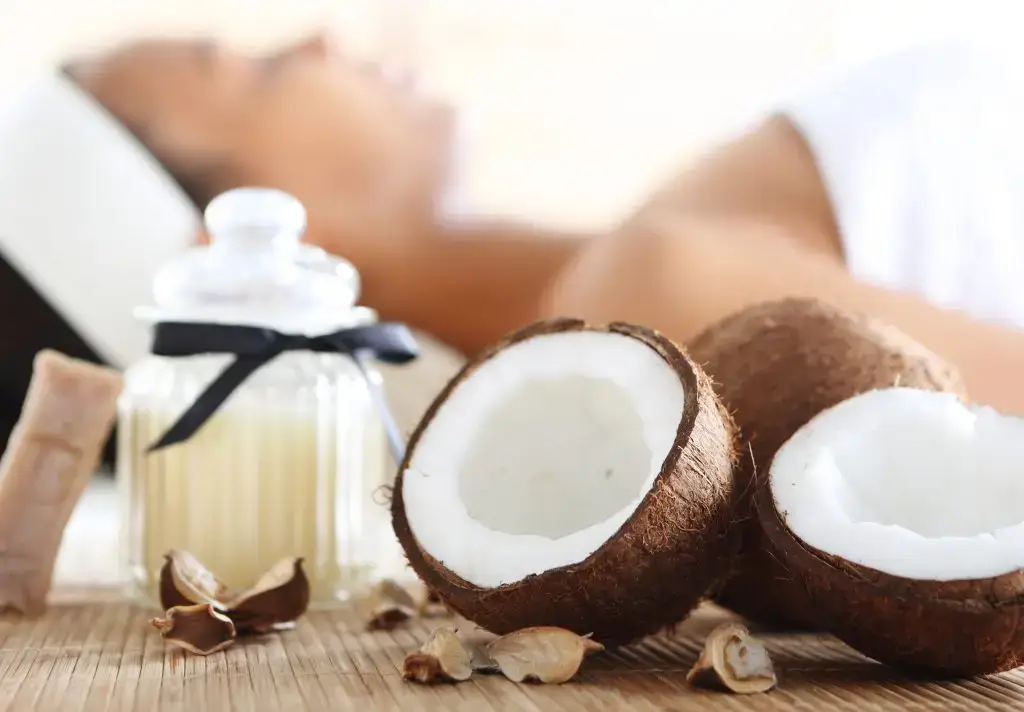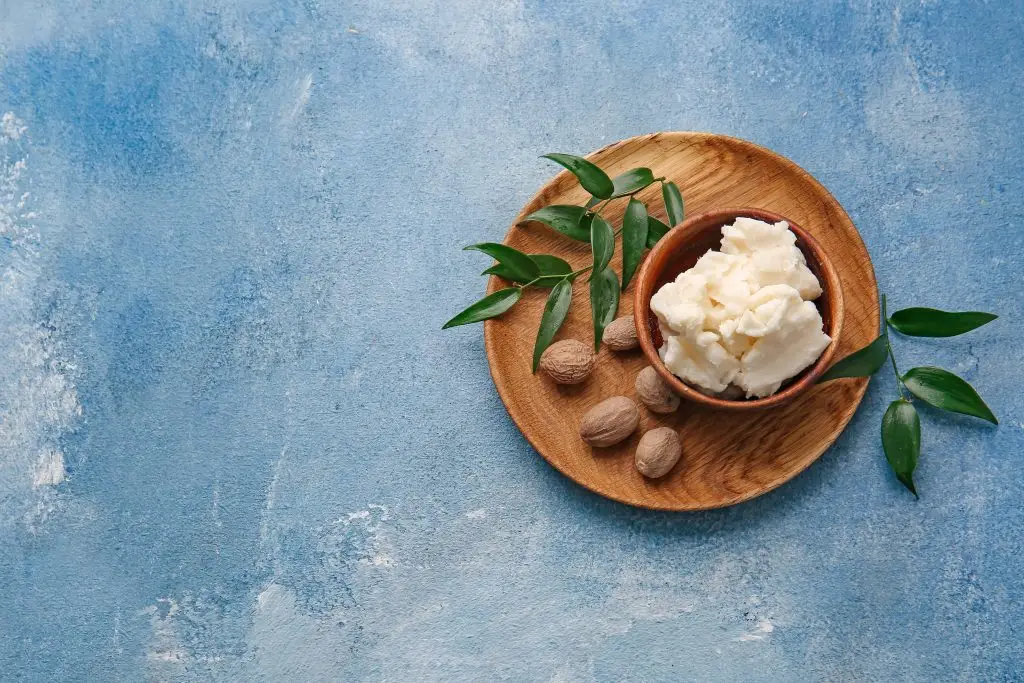Part 5: Uses of Eucalyptus Oil
Uses of Eucalyptus Oil For part 5 of “uses of”, we have eucalyptus oil – Nature’s Respiratory Reliever From Down Under” In Greek ‘eu’ means ‘well’ and ‘kalypto’ means ‘covered’. This refers to the cup-like membrane that covers the flower as a bud. The eucalyptus oil industry is an important and colorful part of Australia’s history and heritage; they dominated the world eucalyptus oil market for over 80 years. It can probably claim the distinction of being the first truly Australian primary and secondary industry, as well as also being Australia’s first export. History of Eucalyptus Essential Oil Eucalyptus was first distilled in 1788 when Doctors White and Cossiden used it for treating chest problems. It was introduced to Europe in 1788 under the name “Sydney Peppermint” because it was extracted from Eucalyptus peperita. The production of eucalyptus oil in the 1880’s was often carried out by aboriginals and erstwhile miners as the goldfields petered out. By the turn of the century, oil was being exported to the United Kingdom, Germany, USA, Canada, South Africa, India, China, New Zealand, and several countries in the Far East. By around 1950, the cost of producing eucalyptus oil in Australia had increased so much that it could no longer compete against Spanish and Portuguese oils and Australia lost its leading position in the eucalyptus production market. Today, Australia produces about 5% of the world’s eucalyptus oil. It takes over 50 pounds of plant material to produce just one pound of oil! Interesting Eucalyptus Essential Oil Fact In 1857, the French government planted the fast-growing eucalyptus trees in Algeria to ward off the noxious gases thought to be responsible for malaria. It worked, but ironically this was not due to the essential oil, but because the water-hungry trees transformed the marsh into dry land, eliminating the mosquitoes’ habitat! Research Says A study published in Laryngoscope in 2004 shows the usefulness of eucalyptus in treating non-bacterial sinusitis. Patients suffering from non-bacterial sinusitis showed faster improvement when given medicine containing eucalyptus oil. Also, gargles of eucalyptus oil mixed with warm water are consistently effective in treating sore throats. Another study found that an oil of lemon eucalyptus product may also keep ticks away. Uses In 19th-century England, eucalyptus oil was used in hospitals to clean urinary catheters. Surgeons were also using it as an antiseptic during surgery. Medicinal eucalyptus oil produced from E. polybractea reduces cold and influenza symptoms. The antiseptic properties and thepower to clear the nasal passages and bronchial tubes make it easier to breathe. Medicinal eucalyptus oils and eucalyptol are also in cough lozenges, inhalation sprays and drops, gargles, mouth washes, toothpastes, embrocation balms and ointments, liniments, and soaps. A popular new use is to vaporize it in saunas. It is also an excellent rub for muscular aches and pains. Eucalyptus oil is also used in antiseptics and germicidal disinfectants because of its pleasant odor and its effectiveness at killing bacteria. It is an excellent solvent which makes it an ideal spot and stain remover. You’ll fine industrial eucalyptus oils in household disinfectants and as industrial solvents. Use eucalyptus’ cleaning, deodorizing and antiseptic properties by adding eucalyptus oil to the laundry wash for cleaning and freshening clothes. The antiseptic and deodorizing nature of it makes it a perfect room freshener for hospitals and sick rooms. It kills bacteria without toxic fumes, keeping the rooms clean and sterilized. Eucalyptus oil is also an effective insect repellent. In 1948, the U.S. officially registered it as an insecticide and miticide (kills mites and ticks). Therapeutic Properties Eucalyptus is universal and versatile. Some of its many properties include analgesic, antiseptic, deodorant, expectorant, and vermifuge (anti-parasitic). Keep in Mind This oil is powerful; use it with care. Dilute oil before placing directly onto the skin. People with high blood pressure and epilepsy should avoid use. Excessive use may also cause headaches. People with asthma, seizures, liver or kidney disease, or low blood pressure should not use eucalyptus without first talking to their doctors. Pregnant and breastfeeding women should not use eucalyptus. It is toxic when taken by mouth. If in doubt, please consult your doctor or pharmacist What Does Eucalyptus Blend Well With? Eucalyptus blends well with Thyme, Lavender, Rosemary, Marjoram, Cedarwood, and Lemon. Above all else, you can’t go wrong with eucalyptus! At Balance Spa, we love essential oils. To learn more, check out our blogs on lavender, peppermint, and rosemary.

